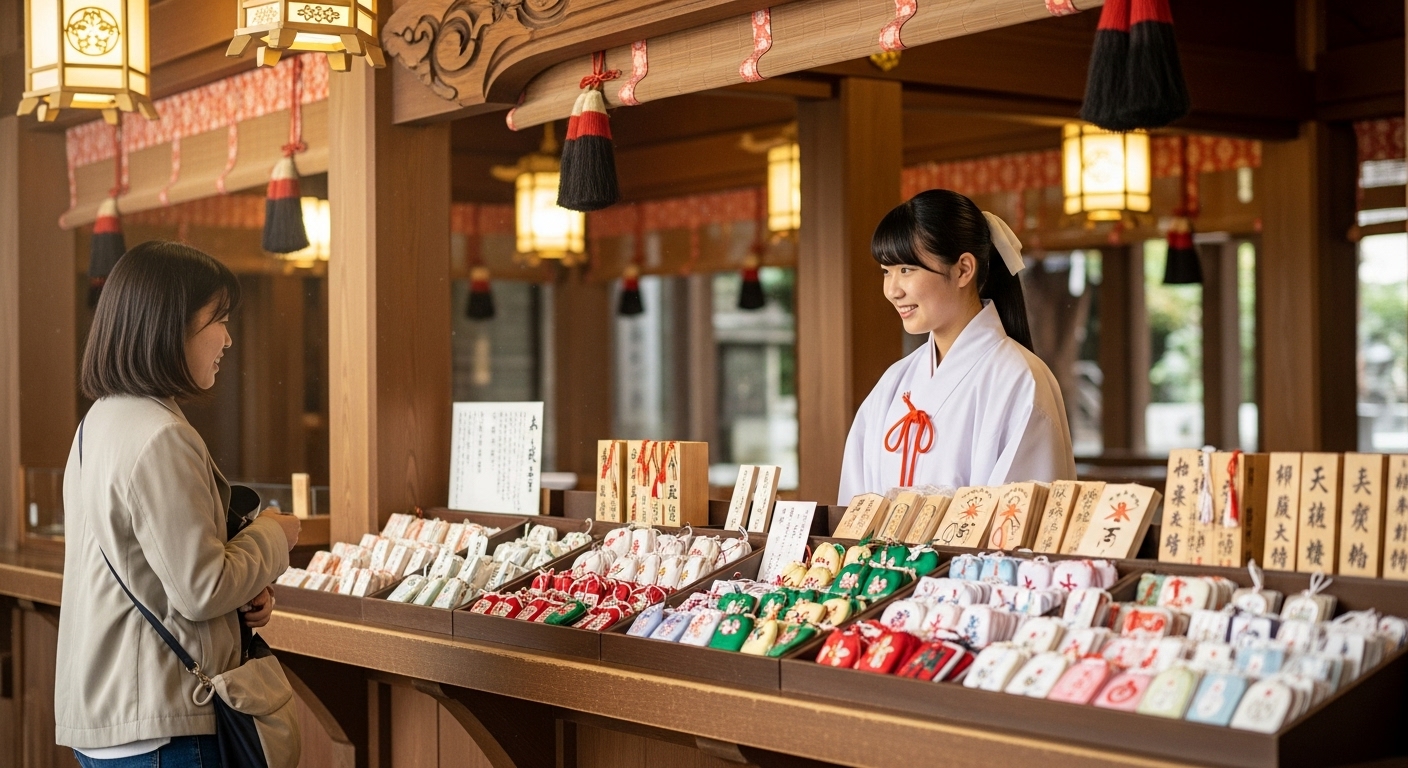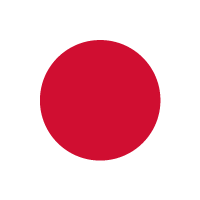
When traveling in Japan, many visitors become curious about the “omamori,” the protective charms sold at shrines. But questions naturally come up: “Can I buy more than one?” or “How do I dispose of an old omamori?” These small charms follow specific cultural rules, and misunderstanding them can feel awkward during a visit. This guide explains how multiple omamori are viewed in Japan, the proper ways to return or dispose of old charms, the typical fees, and even how postal returns work. With practical tips based on real travel experiences, you can enjoy Japan’s shrine culture with confidence.
Is It Okay to Buy Several Omamori? Shrine Etiquette and How to Choose the Right Charm
Many travelers wonder whether it is acceptable to carry several omamori, but in Japan this is completely normal. People often keep different charms depending on their needs—such as traffic safety, academic success, or health. It’s a practical way to feel protected during daily life and travel. However, each shrine enshrines different deities, so treating every charm with respect is important. If you are unsure which omamori suits your purpose, staff members and shrine pamphlets can offer useful guidance. Understanding these customs will help you appreciate Japanese culture on a deeper level.
Is It Okay to Buy Omamori from Different Shrines? The Truth Behind the “Conflicting Gods” Myth
Many travelers wonder whether buying omamori from several shrines might “upset the gods.” Shrine staff confirm that this idea is simply a myth. In Japan, it is common to visit different shrines for different types of blessings, and carrying multiple charms is completely acceptable. What matters most is treating each charm with respect and understanding its purpose. To avoid confusion or unnecessary worries, it helps to learn the basic etiquette for returning old charms and the meaning behind each blessing. With a bit of cultural knowledge, your shrine visits will feel more comfortable and meaningful.
How to Dispose of Old Omamori: Proper Returning Methods and the Difference Between Shrines and Temples
Omamori are believed to serve their purpose for about one year, after which they should be respectfully returned. At Shinto shrines, old charms are placed in a designated return box, often called a kosatsu-osamedokoro, along with an optional offering fee for the ceremonial burning. In contrast, charms obtained from Buddhist temples should ideally be returned to that temple. Because practices differ between shrines and temples, travelers are encouraged to check the proper location. During the New Year season, return areas can become crowded, so planning ahead helps ensure a smooth and respectful experience.
Returning Omamori During New Year: Where to Bring Old Charms and Typical Offering Fees
The New Year period is the busiest time for shrines, and return boxes for old omamori often become crowded. Most visitors place their charms in the designated return area along with a small offering fee, which usually ranges from a few hundred yen to around one thousand yen. Fees vary by shrine, and tourist destinations often post clear instructions. To avoid long lines, travelers may consider visiting early in the morning or on weekdays. Understanding the proper steps ahead of time will make your visit smoother and help you participate respectfully in Japan’s seasonal traditions.
How to Dispose of Old Omamori at Home: Proper Steps and Important Safety Tips
If you cannot visit a shrine, it is acceptable to dispose of an old omamori at home. The most common method is to wrap the charm carefully in plain white paper, express a moment of gratitude, and place it with your household burnable waste. Because waste-sorting rules differ by city, checking your local guidelines will help you follow the proper method. To keep things respectful, many people place the wrapped charm in a small separate bag so it does not mix with other trash. For travelers who find shrine return fees or postal services difficult, knowing this safe at-home method can help avoid unnecessary trouble.
You might be interested in this
Returning Omamori by Mail: Cost, Processing Time, and Easy Step-by-Step Instructions
If you are traveling or have already returned home and cannot visit a shrine in person, many shrines accept omamori returns by mail. Official websites usually list the address and instructions. The total cost is generally the ceremonial burning fee plus postage, often between a few hundred and one thousand yen. To return by mail, simply place the charm in an envelope and include a small note stating “Returning omamori.” When sending from overseas, check the expected delivery time for airmail to avoid delays. Following these simple steps ensures that your charm is returned respectfully and safely.
Do Omamori Expire After One Year? When to Replace Them and When You Can Keep Them
Many shrines say that an omamori’s blessing lasts about one year, based on the idea of renewing its protective power annually. However, you do not need to return a charm immediately if it holds personal meaning or your wish is still ongoing. Common timing for replacement includes when the charm becomes worn, damaged, or when your goals change. For travelers who may struggle to revisit a shrine, knowing options such as postal returns or respectful home disposal can make the process easier. Understanding these customs helps you follow Japanese etiquette without stress.
How to Carry Multiple Omamori: Choosing Charms for Safety, Studies, Health, and Daily Life
In Japan, it is normal to carry several types of omamori, each meant for a different purpose—such as traffic safety, success in studies, or good health. The key is selecting charms that match your needs and organizing them so the themes do not overlap unnecessarily. Keeping them in a clean spot inside your bag, rather than letting them get buried or damaged, shows respect for the charm’s role. Replacing them when your wishes change or at the start of a new year can deepen your understanding of Japanese cultural traditions and make your travel experience even more meaningful.
Conclusion
The customs around buying, returning, and disposing of omamori reflect a unique part of Japanese culture. By learning the proper ways to handle these charms, travelers can show respect for both Shinto and Buddhist traditions while enjoying a more comfortable and meaningful visit. Understanding these practices can enrich your experience at shrines and temples across Japan. To continue learning, explore our guides on shrine etiquette, how to receive a goshuin stamp, and other cultural tips that will enhance your future trips.

 日本語
日本語 中国語
中国語 Español
Español